Column


©Sam Rentmeester
Deborah
Nas
Deborah Nas is part-time Professor of strategic design for technology-based innovation in the Faculty of Industrial Design Engineering (IDE) and innovation expert.
Since the advent of the Internet, information and communication technology have irrevocably changed our lives. More than 50 years ago, media philosopher Marshall McLuhan uttered the famous words: “We shape our tools and, thereafter, our tools shape us.” We invented writing; writing has changed how we learn. We invented computers, computers changed how we work. We invented smartphones, smartphones have changed how we communicate. When we look back at the change that innovations brought about, we often see the positive effects. But when we look ahead to the possible changes that a new innovation may herald, we often focus on the negatives. I can still remember the early days of the mobile phone and how I was ridiculed by my friends when I first bought one in 1995. Did I really think that people should be able to always reach me? In fact, people thought that being permanently connected would be a major risk to their freedom. And today? Without our smartphones, we wouldn’t be able to work wherever, whenever and stay connected to family and friends 24/7. Now that my friends have mobile phones, they don’t want to lose their connectedness. When they didn’t have mobile phones, they didn’t want to lose their unconnectedness. Once we get accustomed to a technological innovation, we can’t stand losing it. When a technological innovation first emerges, only a small group of people (2.5%!) usually sees its benefits and embrace it. Is innovation your job? Then you’re probably one of those techies who try to convince the other 97.5% of people at your company of the benefits of a new innovation. The good news is that resistance is temporary. It’s just a matter of pushing through!
